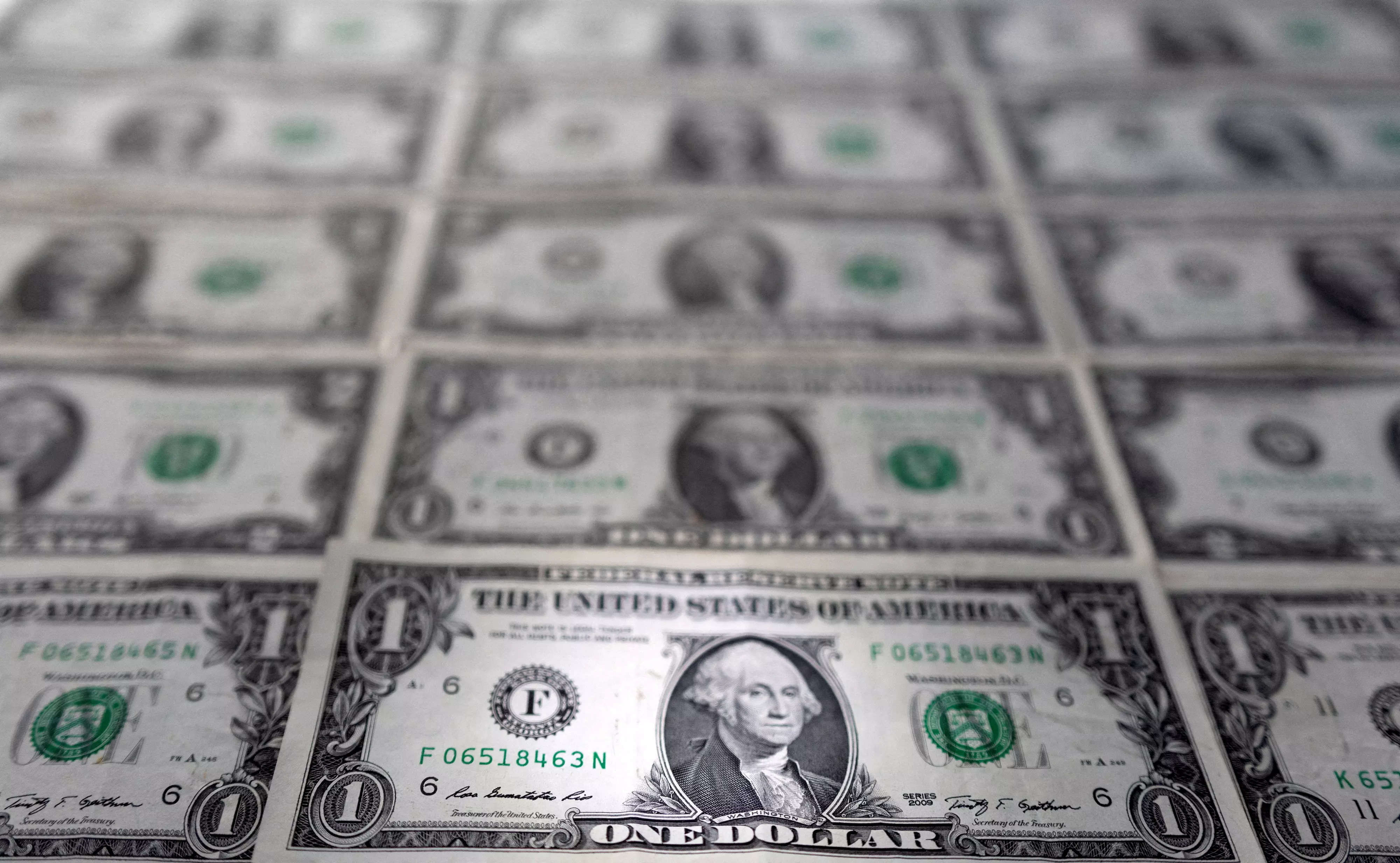
NEW YORK – The U.S. dollar edged lower on Thursday as markets considered whether the Federal Reserve might slow or even pause its tightening cycle in the second half of the year, which would weaken the allure of the safehaven currency.
The dollar index, which measures the greenback against a basket of six major peers, was down 0.206% at 101.84 at 3 p.m. ET (1900 GMT).
The currency began to weaken after minutes from the Fed’s May meeting, released Wednesday, showed that most participants judged that 50 basis-point hikes would likely be appropriate at the June and July policy meetings to combat inflation that they agreed had become a key threat to the economy’s performance.
Many of the participants believed that getting rate hikes in the books quickly would leave the central bank well positioned later this year to assess the effects of policy firming, the minutes showed.
“The market is becoming a little bit more optimistic that the Fed won’t be too aggressive with tightening and that some of the sell-off that we’ve seen with risky assets, specifically equities, might have been overdone, said Ed Moya, senior market analyst at Oanda.
“That’s prompting a little bit of a rally here for risky assets, which is really nice for the risk trade, which in essence, is bad for the dollar,” he said.
The dollar index reached a nearly two-decade peak above 105 earlier this month but signs that aggressive Fed action may already be slowing economic growth have prompted traders to scale back tightening bets, with Treasury yields also dropping from multi-year highs.
“While it is not the base case view of our Economics team … we think the Fed might make the case that reaching 1.75%-2% provides a normalization of policy which then offers an opportunity to pause and assess the impact on jobs and inflation,” strategists at JP Morgan said in a client note.
The implied yield on the eurodollar futures June 2023 contract — essentially where markets see interest rates to be at that point — is down some 80 basis points this month.
“The dollar at this point is range-bound,” said Boris Schlossberg, managing director of FX strategy at BK Asset Management.
Data on Thursday confirmed the U.S. economy contracted in the first quarter under the weight of a record trade deficit and a slightly slower pace of inventory accumulation compared to the fourth quarter.
A separate report showed number of Americans filing new claims for unemployment benefits fell last week, signaling continued tightness in the labor market.
Elsewhere, the euro rose 0.37% to $1.0719, while the dollar edged down 0.011% against the Japanese yen to 127.155 yen.
Risk-correlated currencies were mixed, with the Australian dollar up 0.08% at $0.7093 and New Zealand dollar down 0.08% at $0.6473.
Sterling briefly rose to a three-week high of $1.26165 ahead of an expected announcement from British Chancellor Rishi Sunak on a package of measures to help consumers cope with rising energy bills.
The pound was last up 0.1% at $1.2596.
In cryptocurrencies, bitcoin was last trading 0.17% lower at $29,459, while smaller rival ether was down 4.68% at $1850.